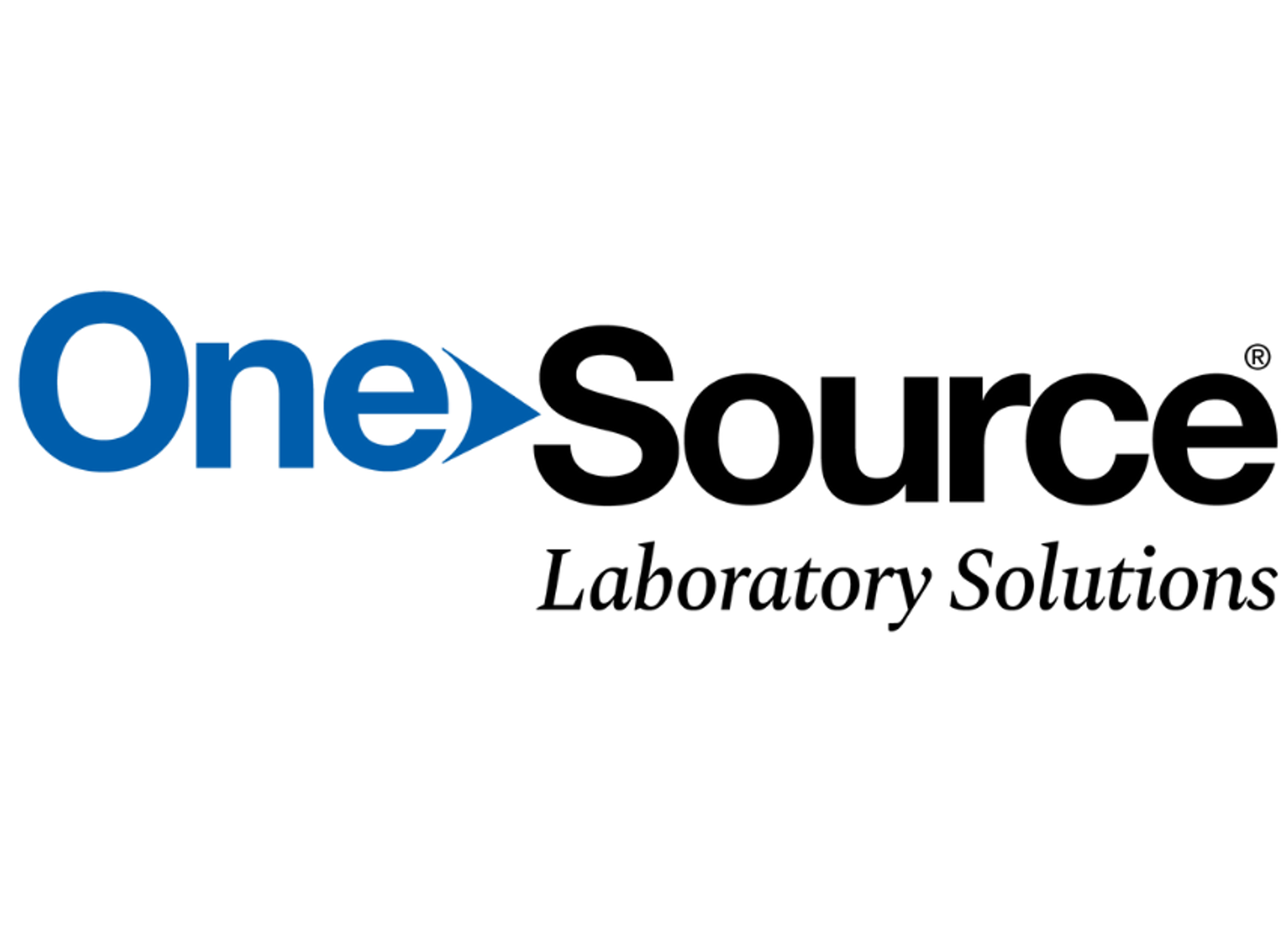Digital laboratory transformation: More time to focus on science
18 Jun 2023Digital transformation has become a strategic initiative across many industries, and the life science industry is no exception. It holds immense potential to reshape laboratory operations, improve data management, and accelerate scientific discoveries. Lab managers can now optimize and streamline laboratory operations from end to end, enabling their scientists to spend more time on science by leveraging solutions for digital records, process automation, utilization monitoring, and analytics.
The challenge facing lab managers is how to manage and leverage these digital solutions and all the tremendous amount of data being generated in labs today. Lab managers need to easily find the information they need when they need it. Key data must be analyzed and visualized with relevant contextual data to produce the analysis needed to inform business decisions.
Eliminating manual data collection and creating a digital record
Managing your laboratory’s fleet of assets can be a daunting and time-consuming task. Often inventories are tracked with walk throughs of the lab and documented in a spreadsheet. This can take weeks if not months depending on the size of your labs. Once completed, the inventory can quickly become out of date with new instruments coming into the lab and older one being removed. PerkinElmer enables easier collection and management of this data through the OneSource analytics platform. Assets are RFID tagged and the attributed information is controlled and managed in a cloud solution. This ensures the data is accurate and up to date. This digital record can then be used for advanced analytics to uncover patterns and correlations within the data, unlocking valuable business insights.
Context and visualization of data
As more data from the lab is collected with the intention to improve analytics and decision-making, the process, ironically can slow things down. The vast amount of data collected needs to be actionable. To ensure the data is actionable, lab managers need to be able to focus directly on critical data elements and key performance indicators. Some of the key data elements are contextual data for the asset such as asset utilization, maintenance contract value and business criticality of the asset. This contextual data can illuminate a clear, prioritized set of actions as opposed to looking at one data element. With more data across a large number of lab assets, context alone is not enough for quickly understanding the data. To quickly identify trends and outliers, visualization is key to accelerating the assessment and review process.
PerkinElmer's digital solutions provide robust data management and visualization capabilities allowing lab managers and scientists to uncover patterns, trends, and correlations within their data, unlocking valuable insights about their assets that were previously hidden in different data silos and formats. Having this up-to-date data at your fingertips can assist in key decisions on purchasing, decommissioning, redeploying, and maintaining lab assets, like whether a fleet should be expanded or downsized, and which instruments require more service.
Data driven decisions example: optimizing the capital equipment planning process
The capital equipment planning process is inefficient in many laboratories. Often the decisions are made based on requests from scientists with little to no data to justify purchases that can be several hundred thousand to a million dollars. With limited budgets, limited lab space, and the desire to purchase more technologically advanced equipment, an innovative approach is needed.
Asset management solutions provide the framework for collecting the necessary data needed to improve the capital equipment planning. By maintaining an accurate inventory and the attributes associated with the inventory such as make, model, age, and maintenance contract value, data can be contextualized to help make more informed and data driven decisions. In addition, technology has advanced such that easily collecting utilization data across many asset types is now more accessible and widely used in the industry. Continuing to add more context like utilization to inventory data enables a new process that uses data to make decisions on new purchases.
Conclusion
PerkinElmer's OneSource solutions represent a pivotal shift in the way laboratories operate, leveraging digital technologies to enhance efficiency, collaboration, and returning time to science. By streamlining operations, optimizing data management, and making data actionable, these services empower laboratories to focus on what they do best: making ground-breaking discoveries and driving innovation. With PerkinElmer as a trusted partner, laboratories can confidently embark on their digital transformation journey, ensuring they remain at the forefront of scientific research for years to come.

